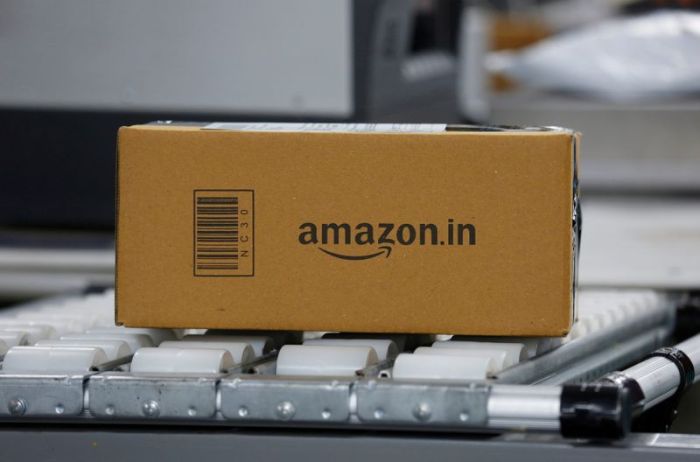NEW YORK (Reuters) – New York City’s famed restaurant scene will re-open for indoor dining on Valentine’s Day, New York Governor Andrew Cuomo said on Friday, the latest announcement by a U.S. state to ease public health restrictions as a deadly surge of COVID-19 begins to abate.
The flattening of hospitalization rates has led several states to loosen public health restrictions, even as officials caution that cases could surge again, and highly contagious strains of the virus from other countries appear in the United States.
“We were expecting this surge, and we handled it and we’re on the other side of it,” Cuomo said at a briefing to announce the restaurant openings.
The move to allow restaurant service on Feb. 14 comes as news that a new vaccine from pharmaceutical giant Johnson & Johnson is 85% effective in protecting people against the most severe forms of the disease. [L1N2K41AS]
The vaccine, which has not yet been approved for use in the United States or the European Union, is 66% effective in preventing infection even against multiple variants of the coronavirus that causes COVID-19. It gives U.S. health officials another weapon to tackle the pandemic at a time when demand for the two other approved vaccines is far outstripping supply.
In New York on Friday, a line of mostly older people waiting to receive a vaccine made by Moderna spilled out into the January cold at a school-turned-vaccination site operated by SOMOS Community Care, a physicians network serving Medicaid patients.
While the site had enough supply to vaccinate through this week, Dr. Jacqueline Delmont, the chief medical officer at SOMOS, said it remained unclear whether it would be resupplied for next week.
States and cities receive vaccine allocations from the federal government on a weekly basis, and New York City has been struggling with shortages that have prompted the rescheduling of some appointments last week.
The United States continues to be wracked by the ongoing pandemic, reporting 25.83 million cases and 433,521 deaths by Thursday midnight. But the number of people hospitalized – a key metric of the spread and severity of the disease – fell for the 9th consecutive day on Thursday, to 104,862, the lowest number since Dec. 8.
‘GOOD NEWS’ BUT STILL DIFFICULT
In New York, restaurant owners welcomed new rules that will allow them to resume indoor dining at 25% of capacity, and will also allow some wedding venues to open. But the New York Hospitality Alliance said Thursday that struggling business owners were disappointed that they cannot open right away.
“It’s good news that Governor Cuomo heard the voice of New York City’s struggling restaurant industry and is lifting the ban on indoor dining,” the organization said on its website. “However, restaurants are broken hearted that they need to wait two weeks until Valentine’s Day to open at only 25% occupancy.”
While a surge of cases spurred by holiday gatherings appeared to have declined, public health experts caution that cases could rise again unless Americans wear masks and practice social distancing.
Rochelle Walensky, the director of the U.S. Centers for Disease Control and Prevention, said in a television interview on Friday that it was unclear how widespread the South African variant is in the United States. Even so, its detection in South Carolina was concerning, pointing to the need for wider mask use as vaccines ramp up.
“The presumption is at this point is that there has been community spread of this strain,” she told NBC News’ “Today” program.
In Oklahoma, the number of COVID-19 patients hospitalized has fallen 34% in the last two weeks, with 1,375 admitted as of Thursday, according to a Reuters tally.
But Dr. Syed Naqvi, a pulmonologist at the SSM Health St. Anthony Hospital in Oklahoma City, said the sheer volume of severely ill patients is still difficult to handle.
“The disease is real. Unfortunately, the misery is real. We have and still see patients die every day,” Naqvi said.
(Reporting by Peter Szekely, Sharon Bernstein and Maria Caspani; Additional reporting by Nick Oxford, Susan Heavey and Anurag Maan; Writing by Sharon Bernstein; Editing by Kirsten Donovan and Aurora Ellis)

























